A, B, C, D, P, and Q are points in a uniform electric field. The potentials at these points are V(A)=2V.V(P)=V(B)=V(D)=5V, and V(C)=8V. Find the electric field at P.
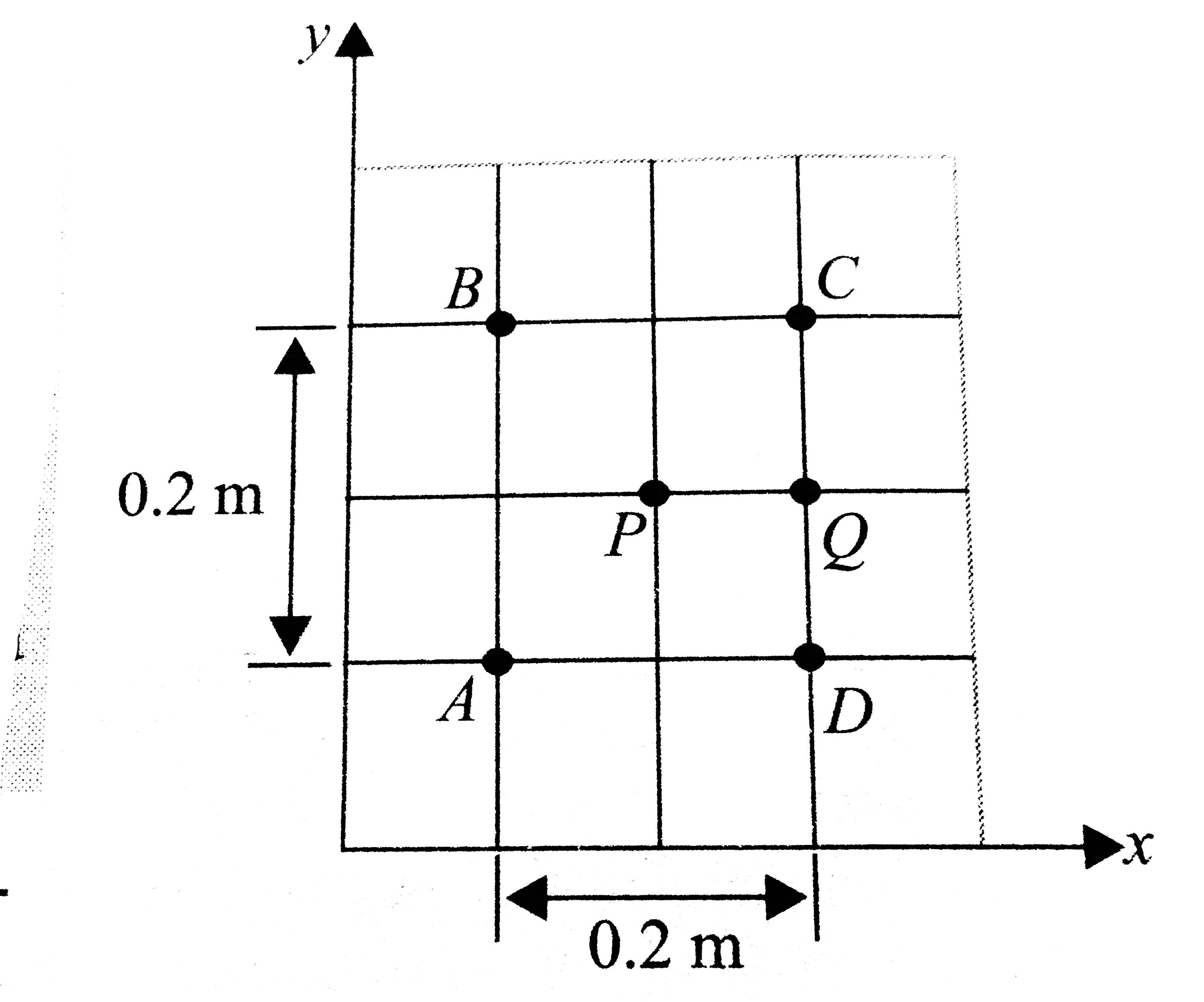 .
.
10Vm−1 along PQ
15√2Vm−1 along PA
5Vm−1 along PC
5Vm−1 along PA
The correct Answer is:B
Step by step video, text & image solution for A, B, C, D, P, and Q are points in a uniform electric field. The potentials at these points are V(A) = 2 V. V(P) = V( B) = V(D) = 5 V, and V(C) = 8 V. Find the electric field at P. . by Physics experts to help you in doubts & scoring excellent marks in Class 11 exams.
Updated on:21/07/2023Topper's Solved these Questions
- ELECTROSTATICSBOOK - DC PANDEYCHAPTER - ELECTROSTATICSEXERCISE - Comprehension
36 Videos
- ELECTROSTATICSBOOK - DC PANDEYCHAPTER - ELECTROSTATICSEXERCISE - Matrix Matching
2 Videos
- ELECTROSTATICSBOOK - DC PANDEYCHAPTER - ELECTROSTATICSEXERCISE - Integer
17 Videos
- ELASTICITYBOOK - DC PANDEYCHAPTER - ELASTICITYEXERCISE - Medical entrances s gallery
21 Videos
- EXPERIMENTSBOOK - DC PANDEYCHAPTER - EXPERIMENTSEXERCISE - Subjective
15 Videos
Similar Questions
Knowledge Check
In figure two points A and B are located in a region of electric field . The potential difference VB−VA is
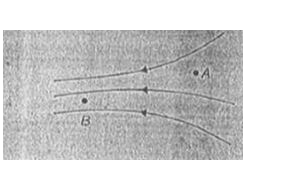 APositiveBNegativeCZeroDNone of these
APositiveBNegativeCZeroDNone of theseA uniform electric field exists in x−y plane. The potential of points A(−2m,2m),B(−2m,2m) and C(2m,4m) are 4V,16V and 12V respectively. The electric field is
A(4ˆi+5ˆj)VmB(3ˆi+4ˆj)VmC−(3ˆi+4ˆj)VmD(3ˆi+4ˆj)VmFigure shows four points A, B, C and D in uniform electric field →E. The line AB and CD are perpendicular and BC and AD are parallel to the field lines. If VA,VB,VCandVD are electric potential at A, B,C,D choose the correct option.
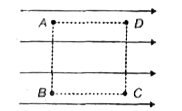 AVA=VB=VC=VDB(VA=VB)>(VC=VD)C(VA=VB)<(VC=VD)DVA>VB=VC>VD
AVA=VB=VC=VDB(VA=VB)>(VC=VD)C(VA=VB)<(VC=VD)DVA>VB=VC>VD
In the uniform electric field shown in figure, find :
a. VA−VD
b. VA−VC
c. VB−VD
d. VC−VD
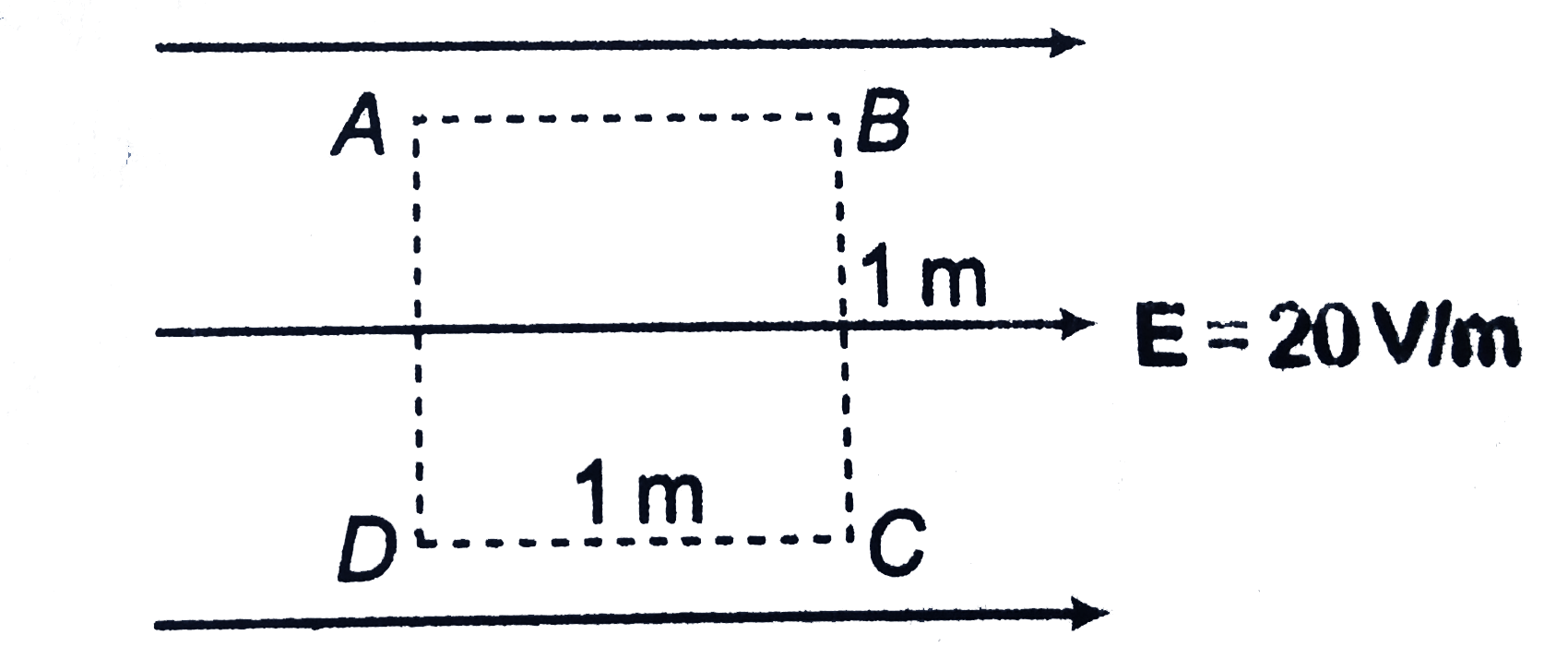
View SolutionFind the potential difference between points A and B (VB−VA) in the network

View SolutionFind the potential difference between the points A and B.
(a)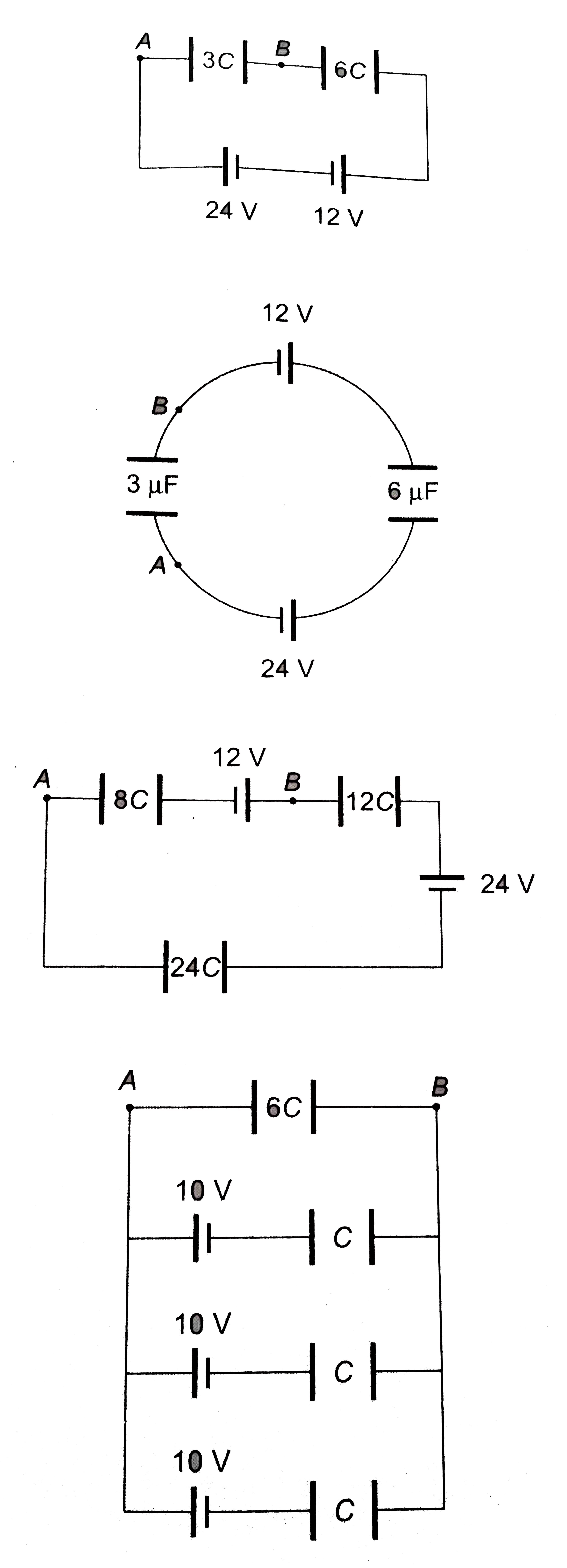
If VA−VB=5V, find voltage across each capacitor.

View SolutionIn uniform electric field E=10N/C, find
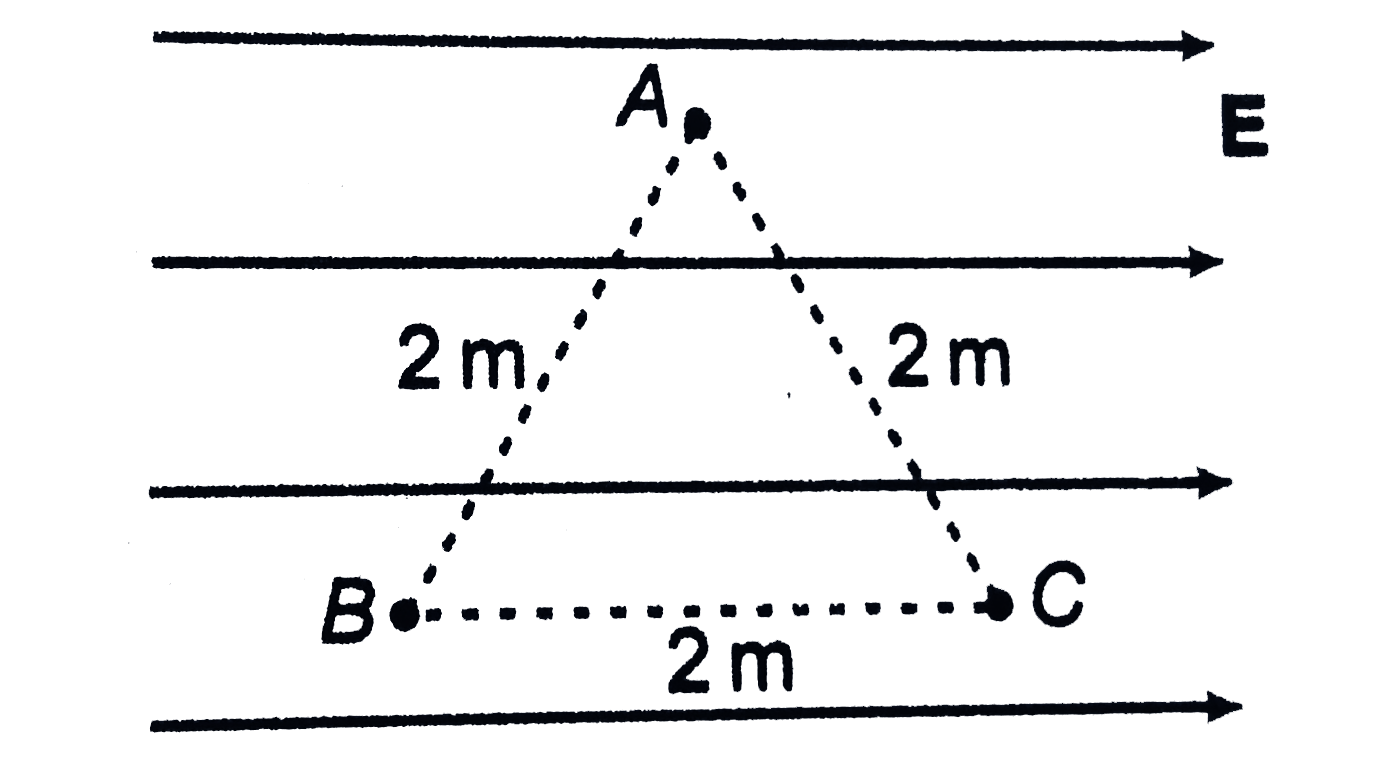
a. VA−VB , b. VB−VC
View SolutionA metallic square loop PQRS is moving in its own plane with velocity v in a uniform magnetic field perpendicular to its plane as shown in Fig. If VP,VQ,VRandVS are the potentials of points P, Q, R and S then which of the following is an incorrect statement?

View Solution
